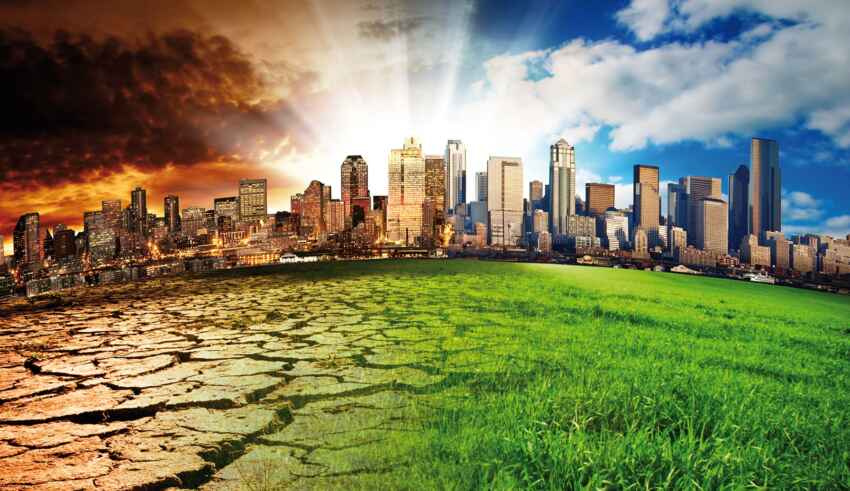
In September 2015, the Sustainable Development Goals (SDGs) were approved by the United Nations and all over the world people started talking about the Agenda 2030.
Within this plan of actions and purposes that governments have intended to achieve by the end of 2030, there is a specific goal that aims to combat climate change and its impacts. The Goal 13 is, indeed, the one with the purpose to “take urgent action to combat climate change and its impacts”.
In December of the same year, United Nations signed an international Agreement according to which member states agreed to contrast climate change by maintaining the increase of the global average temperature below 2°C above pre-industrial levels and pursuing “efforts to limit the temperature increase to 1.5 °C above pre-industrial levels”.
In more than seven years, there have been some remarkable efforts in reducing global emissions of CO2, but unfortunately, they are way below requirement levels. As a matter of fact, in order to achieve the “1,5°C goals” it would be desirable to reduce global emissions of at least 43/45%, but, according to an UN analysis, by the end of 2030 we could achieve if at all a decrease of 1%.
The question is, therefore, are we too late? Climate change is irreversible, and we should just accept its consequences and deal with them?
For most of the experts the 1,5°C is dead and it is quite unlikely, if not impossible, that we can manage to reduce adequately the emissions and we should rather accept reality and think about what we should do, in order to avoid any other deterioration.
Therefore, is likely that climate change is irreversible and by acknowledging that international community should try to limit damages by preventing any more worsening conditions.
Nevertheless, the goal 13 is not the only one that take into consideration environmental issues worsened by climate change and its effects. The goal 15, for instance, claimed to “sustainably manage forests, combat desertification, halt and reverse land degradation, halt biodiversity loss”, while the goal 14 stated to “conserve and sustainably use the oceans, seas and marine resources”.
Since they both seem to have idealistic purposes, it is unrealistic that damages to both land and marine resources will be reversed in the short-term run, while pollution, gas and carbon emissions are rising around the world.
The logical conclusion might seem that we are too late, and our future is doomed, nonetheless there have been some progress and there is an increasing awareness on the topic. In fact, some argues that although it is obvious that reaching those goals by 2030 is unrealistic, keep having these same aims might help to draw closer as possible to the expected result.
Bibliography
Il Post, 2022. L’obiettivo degli 1,5 °C ha ancora senso? Available at: https://www.ilpost.it/2022/11/12/limite-riscaldamento-globale-cop-27/
McCarthy, J. 2020. African Countries Are Leading on Climate Action: SDG Report 2020. Global Citizen. Available at: https://www.globalcitizen.org/en/content/sdg-13-climate-action-rankings-progress/
United Nations. Sustainable Development Goals. Available at: https://www.un.org/sustainabledevelopment/
United Nations. Paris Agreement. Available at: https://sdgs.un.org/frameworks/parisagreement
United Nations. Transforming our world: the 2030 Agenda for Sustainable Development. Available at: https://sdgs.un.org/2030agenda
By The European Institute for International Law and International Relations.













